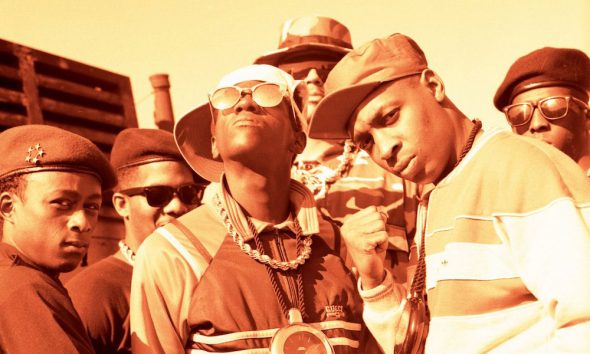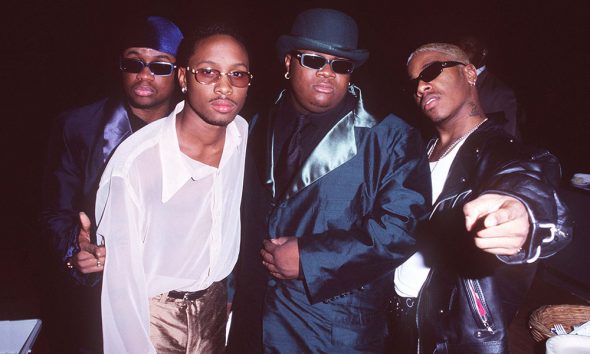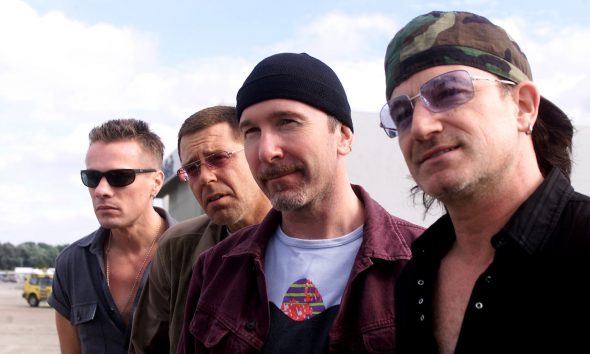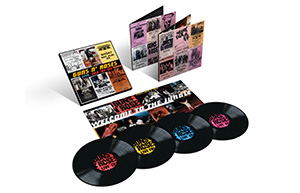‘Scarecrow’: John Cougar Mellencamp’s Mid-80s Masterpiece
He’d already scored some hits, but on his eighth album, the Indiana singer-songwriter found his own distinctive voice.

For John Cougar Mellencamp, mainstream acceptance proved to be a long game. The Indiana singer-songwriter debuted with 1977’s Chestnut Street Incident, but hit records eluded him until the early 80s. Also, while his earlier material drew positive comparisons with the likes of Bruce Springsteen and Tom Petty, Mellencamp felt he only really came into his own on his triumphant eighth album, 1985’s Scarecrow.
Admitting as much in PR for his 2016 Rock and Roll Hall of Fame exhibit, he said: “With Scarecrow, I was starting to find my feet as a songwriter. Finally, for the first time, I realized what I thought I wanted to say in song…I wanted it to be more akin to Tennessee Williams, John Steinbeck, William Faulkner, as opposed to The Rolling Stones or Bob Dylan.”
In fairness, even prior to Scarecrow, he’d shown signs of significant artistic growth. 1982’s American Fool featured the Billboard Hot 100-topping “Jack & Diane” and the Grammy-winning “Hurts So Good,” while the U.S. Top 10 success of ’83’s Uh-Huh also spawned three U.S. hits and gave him enough clout to add his real surname (Mellencamp) to the stage name (John Cougar) his first manager made him adopt in the mid-70s.
Having attracted a sizeable audience, Mellencamp was determined to deliver his best yet with Scarecrow. Recorded at his own studio in Belmont, Indiana, with support from a tight, well-drilled band and future R.E.M. producer Don Gehman manning the console, the album featured a gritty yet radio-friendly collection of resonant blue-collar rock songs. Its go-to tracks were arguably its U.S. Top 10 hits (“Lonely Ol’ Night” and the storming, anthemic “R.O.C.K In The USA”), but Scarecrow also had strength in depth. Tracks with socio-political content such as “The Face Of The Nation” and the Steinbeck-esque “Rain On The Scarecrow” commented on the rise of corporate business and America’s economic depression during the mid-80s, while the impassioned “Small Town” found Mellencamp espousing his love of his midwestern roots rather than chasing the bright lights of his nation’s biggest cities.
First released in July 1985, Scarecrow certainly struck a chord with like-minded fans and critics. In one of the record’s many positive reviews, Rolling Stone declared that it “brings both Mellencamp’s 60s rock fixation and his fiercely patriotic distrust of big business and big politics into the muck of the modern world with scintillating results,” and his audience clearly agreed — the album peaked at No. 2 on the Billboard 200 and it secured Mellencamp’s reputation among the most celebrated singer-songwriters of the decade.
“I think John really found his voice on this album,” respected music critic Anthony DeCurtis told Associated Press in 2022. “There were signs of it before, like on ‘Jack & Diane’ and ‘Pink Houses,’ but the sense of him looking at the world, taking his personality as someone who grew up in Seymour, Indiana, and making a wider statement about it, that was a big deal for him. It raised him to the level of someone who was an important musical voice in the culture.”














